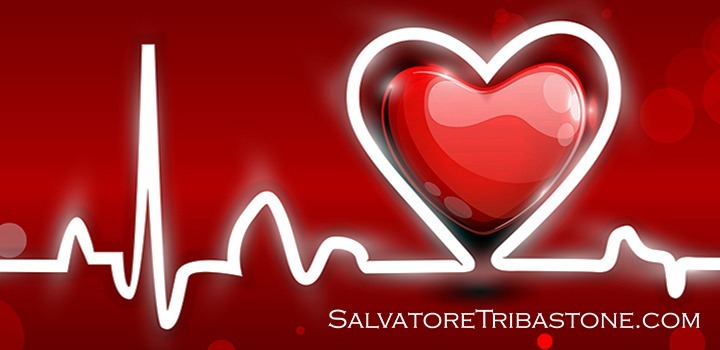The Heart



Posted by Pietro Di Gregorio on 7 october 2023 Infective endocarditis (IE) is a pathology which, despite the progress made in the diagnostic and therapeutic fields, is still burdened today by high mortality and serious complications; therefore, the need for a coordinated approach involving the general practitioner, the cardiologist, the surgeon, the microbiologist, the infectious disease specialist – i.e. the “Endocarditis Team”, and often other specialists: neurologists, neurosurgeons, CHD specialists and more....
read moreEchocardiography is a non-invasive test, which through the use of ultrasound in a frequency range of 2 to 10 MHz allows us to explore the anatomy and function of the heart. The exam consists of several phases (one-dimensional, two-dimensional, three-dimensional, doppler and colordoppler analysis) which together provide complete information allowing to perform detailed measurements and analysis of cardiac structures.
read moreExcess cholesterol in the blood can cause Stroke and myocardial infarction. It is one of the major risk factors for atherosclerosis, a pathological basis for the stenosis (narrowing) and the obstruction of the arteries (cerebral and coronary above all) through the atherosclerotic plaque that increases inside the vessels until the occlusion of the blood flow in the artery (infarction).
read moreThe purpose of the surgical treatment is to overcome the obstacle constituted by a critical narrowing (stenosis) in one of the coronary arteries through a bridge (bypass) that restores the blood flow over the obstacle, thus favoring the supply of oxygenated blood to the myocardial cells of the coronary area.
read moreCoronary arteries supply oxygen and nutrients to cardiac myocellulas. The contractility of the heart and therefore the pump function is proportional to the good function of the coronary circle. The reduction of coronary flow by stenosis of one or more coronary arteries or even occlusion causes damage to the tributary myocellulas of those arteries, which lack oxygen, suffer and die. This is the genesis of ischemia and myocardial infarction.
read moreAortic aneurysm is the dilation of the Aorta in its various sections, Ascending, Arch, Descending Thoracic, Abdominal. These portions of the aorta may be affected individually or in combination. The type of treatment depends on the trait or traits of the aorta involved. The nature of this disease is usually atherosclerotic or degenerative, sometimes linked to connective tissue diseases. The presence of aortic aneurysm usually doesn’t give any symptoms until it comes to rupture or dissection until it comes with a dramatic clinical event...
read moreFor its normal operation and management during cardiac surgery, it’s necessary the presence of specialized personnel, the cardiopulmonary bypass technician (perfusionist), who takes care, following the instructions of the cardiac surgeon, to start the CPB, to conduct it in the various phases of the intervention and to stop it when the cardiac surgeon completes the heart surgery.
read more